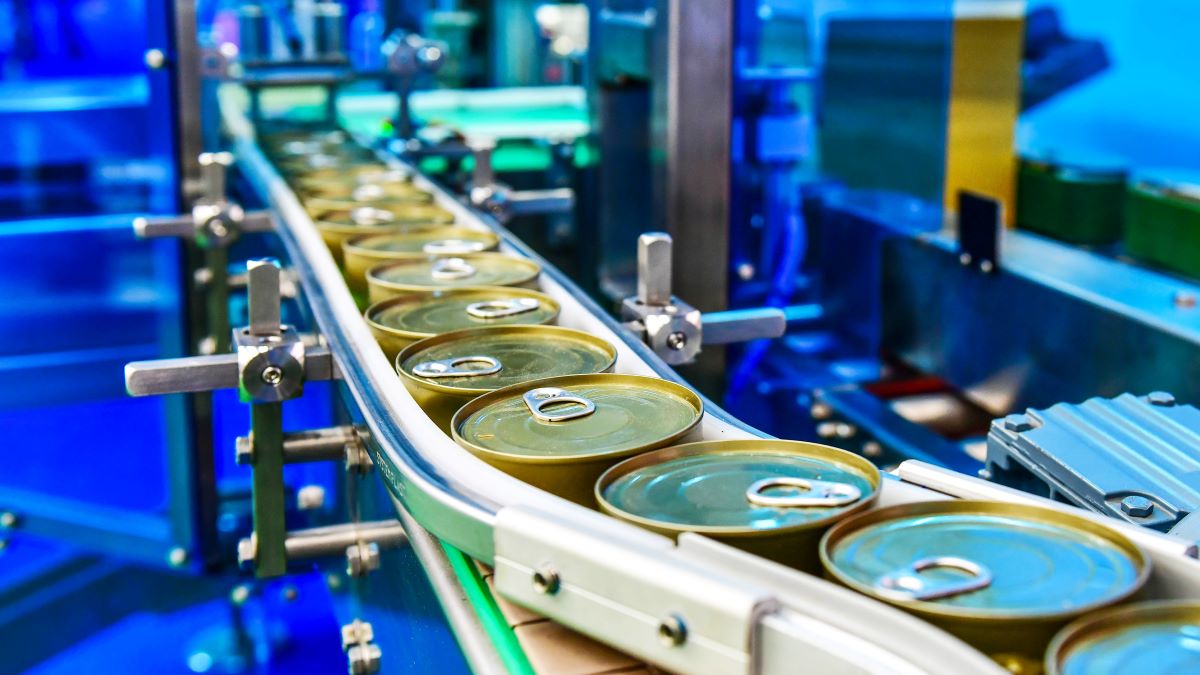Agriculture, Vol. 15, Pages 1635: Current Context of Cannabis sativa Cultivation and Parameters Influencing Its Development
Agriculture doi: 10.3390/agriculture15151635
Authors:
Andreia Saragoça
Ana Cláudia Silva
Carla M. R. Varanda
Patrick Materatski
Alfonso Ortega
Ana Isabel Cordeiro
José Telo da Gama
Cannabis sativa L. is a versatile plant with significant medicinal, industrial, and recreational applications. Its therapeutic potential is attributed to cannabinoids like THC and CBD, whose production is influenced by environmental factors, such as radiation, temperature, and humidity. Radiation, for instance, is essential for photosynthetic processes, acting as both a primary energy source and a regulator of plant growth and development. This review covers key factors affecting C. sativa cultivation, including photoperiod, light spectrum, cultivation methods, environmental controls, and plant growth regulators. It highlights how these elements influence flowering, biomass, and cannabinoid production across different growing systems, offering insights for optimizing both medicinal and industrial cannabis cultivation. Studies indicate that photoperiod sensitivity varies among cultivars, with some achieving optimal flowering and cannabinoid production under extended light periods rather than the traditional 12/12 h cycle. Light spectrum adjustments, especially red, far-red, and blue wavelengths, significantly impact photosynthesis, plant morphology, and secondary metabolite accumulation. Advances in LED technology allow precise spectral control, enhancing energy efficiency and cannabinoid profiles compared to conventional lighting. The photoperiod plays a vital role in the cultivation of C. sativa spp., directly impacting the plant’s developmental cycle, biomass production, and the concentration of cannabinoids and terpenes. The response to photoperiod varies among different cannabis cultivars, as demonstrated in studies comparing cultivars of diverse genetic origins. On the other hand, indoor or in vitro cultivation may serve as an excellent alternative for plant breeding programs in C. sativa, given the substantial inter-cultivar variability that hinders the fixation of desirable traits.
Source link
Andreia Saragoça www.mdpi.com


